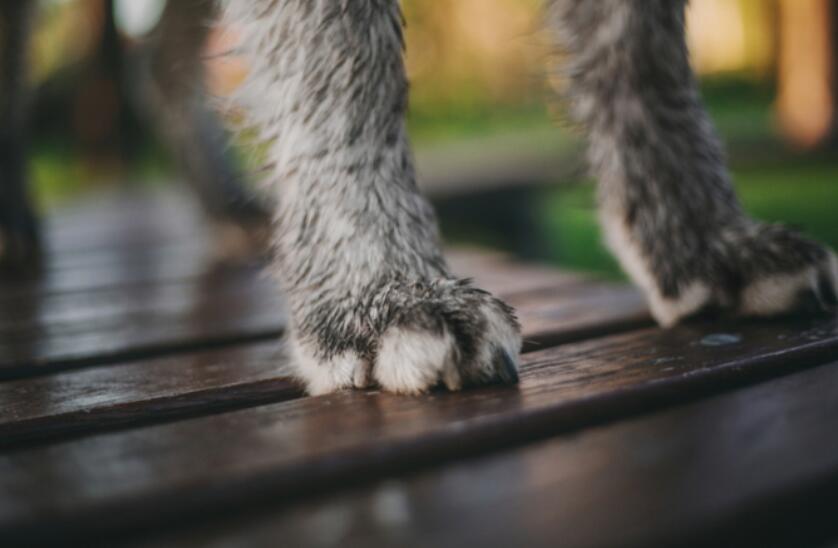 It doesn’t matter if it’s raining, snowing or dusty outside, we have to take our dogs for a walk. In the winter, this can mean the risk of getting irritated by salted sidewalks, so cleaning their paws properly after you return from a walk is a must. Some dogs have feet that are very sensitive to the cold, salt and all the elements.
It doesn’t matter if it’s raining, snowing or dusty outside, we have to take our dogs for a walk. In the winter, this can mean the risk of getting irritated by salted sidewalks, so cleaning their paws properly after you return from a walk is a must. Some dogs have feet that are very sensitive to the cold, salt and all the elements.
During the rest of the year, cleaning your paws will not only protect your floors, but also allow you to see any paw problems that may need attention to prevent others from developing. Sticking to dust can hide wounds, and chronically dirty feet can lead to inflammation and abrasions.Here are six tips to help make cleaning your dog’s paws easier and more effective.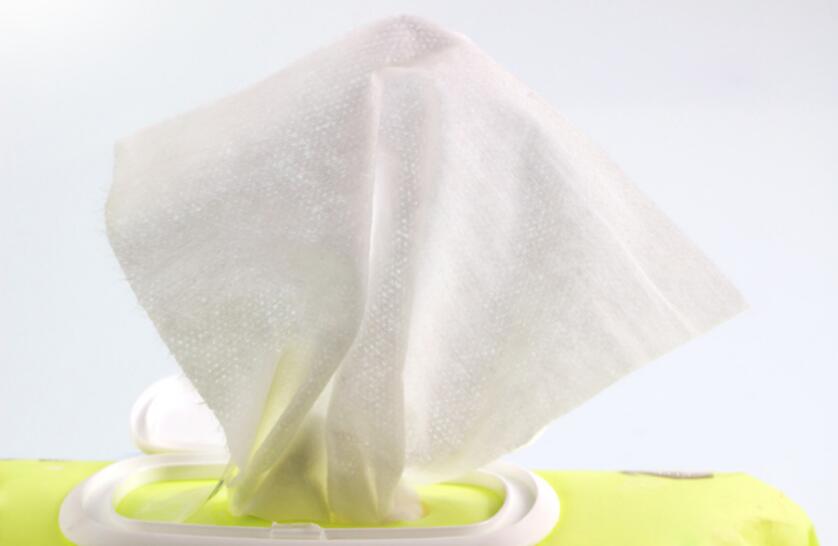 Wipe clean with a wet towel
Wipe clean with a wet towel
If your dog gets a little dirt on his paws, all you need is a wet towel – as long as you use one that is labeled “pet care safe”. Many of these wipes or small towels used by humans contain harmful chemicals, such as alcohol, petrochemicals and perfumes, all of which are harmful to your pet’s health.
To be safe, we recommend using all-natural, veterinarian-approved cleaning wipes to wipe away the dirt in the bath room. To save money and save on costs, a paper towel or a washcloth soaked in warm water is the perfect way to clean your pet’s feet after a walk. If the paws are particularly dirty, you can dip the towel in some dog-friendly shampoo and make sure to wipe them down thoroughly. Thorough cleaning of dirty paws
Thorough cleaning of dirty paws
If there’s mud or debris stuck between the pads or on your feet, you may need to actually wash your feet. It’s easiest to do this in a sink or tub with a sprayer,” she says.
For particularly dirty paws or paws that may have been exposed to tar or other sticky substances, you need to wash them thoroughly. For small dogs, you can wash their feet in a sink or put a dish of water at the door. For larger dogs or dogs with a lot of hair on their feet and ankles, you may only be able to rinse them off in the tub with a spray of dog shampoo. Scrub the dirty areas thoroughly, then rinse off the shampoo and debris thoroughly with warm water.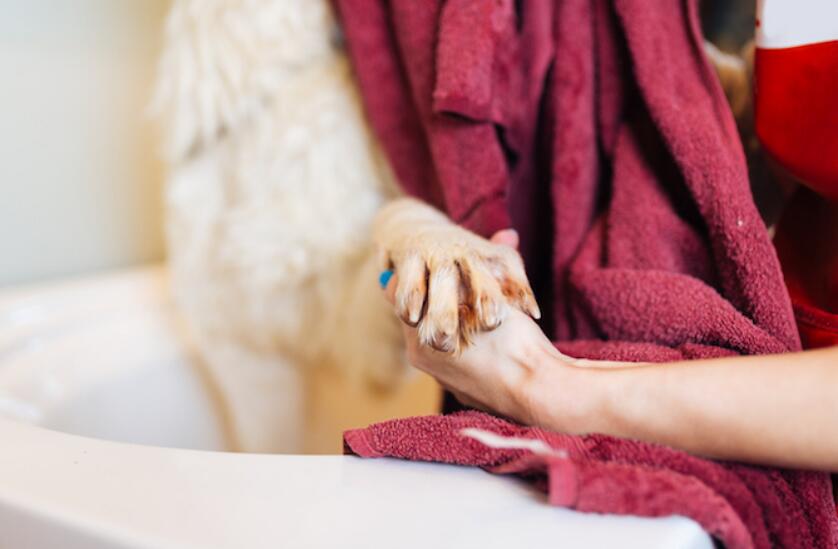 Clean around toes and nails
Clean around toes and nails
When cleaning paws, don’t forget the toes and nails. Some dogs’ feet are very sensitive to their environment, especially in the winter. You never want your dog to lick his paws after being exposed to salt or other ice melt. It is very important to clean/wipe between the toes and the pads of the feet: dirt can build up there.
To clean this area, it is recommended to gently turn your dog’s paw toward you and carefully clean or wash the area between the pads. Each of your dog’s paws should be separated for proper cleaning. Finish with a dry towel; you don’t want your dog’s wet feet running around your house or them sliding down while their paws are still wet. Dry paws with a towel
Dry paws with a towel
If your pet’s feet are wet, but no dirt, salt or chemicals are touching the feet, you can dry them with a towel. Be sure to dry the pads of the feet. If your pet is wet in the winter, just dry each foot a few times with a clean towel.
Use a towel to dry your feet after a walk or shower on a rainy day so Fido won’t be looking for water all over the house.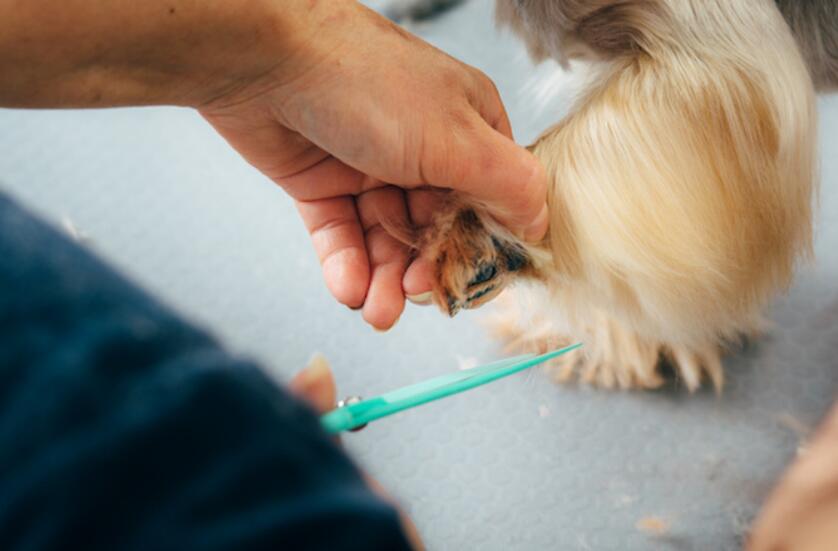 Trimming foot hair
Trimming foot hair
For long-haired breeds, it is recommended that the hair between the pads and on the sides of the feet be cut short to prevent debris buildup. Trimming your own dog’s pad hair is not recommended because the skin in this area is very delicate and you don’t want to leave gaps in the pad hair. If the dog’s owner is comfortable and their dog is obedient, then trim around the feet or legs, but stay away from the pads and let a professional do it.
One thing to keep in mind:Shaving around the pads of the feet and toes is not a good idea. Shaved paws can come into direct contact with corrosive salts on the bare skin, causing irritation and prompting the dog to lick the paws clean.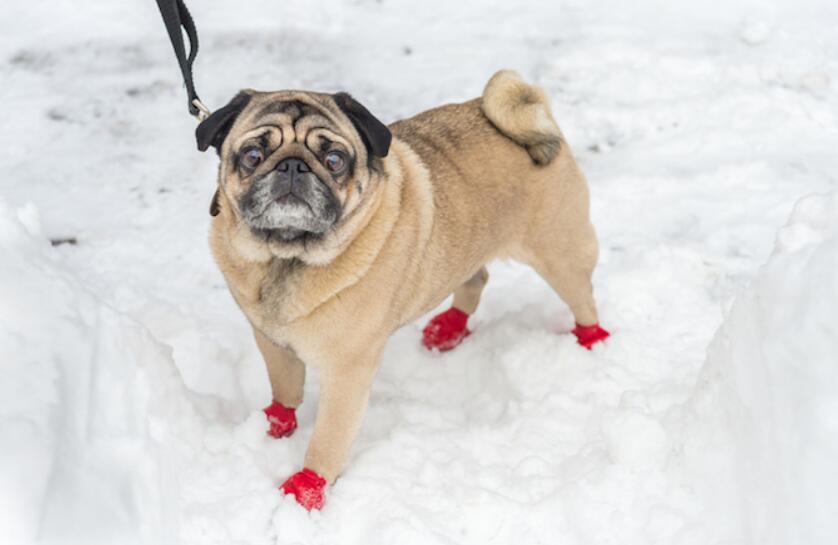 Wear boots if you can
Wear boots if you can
If your dog prefers to use dog boots, then dog boots are the best preventative measure to make sure your paws don’t get any salt or debris on them. However, soapy water is the main remedy since snow is more than an inch thick and usually forms snowballs on top of the boots.
If the snow is deep, remember to take your boots off as soon as you get home so you can dry out the fur. And have more than one pair of boots, because they come in handy when one of them is buried in the snow.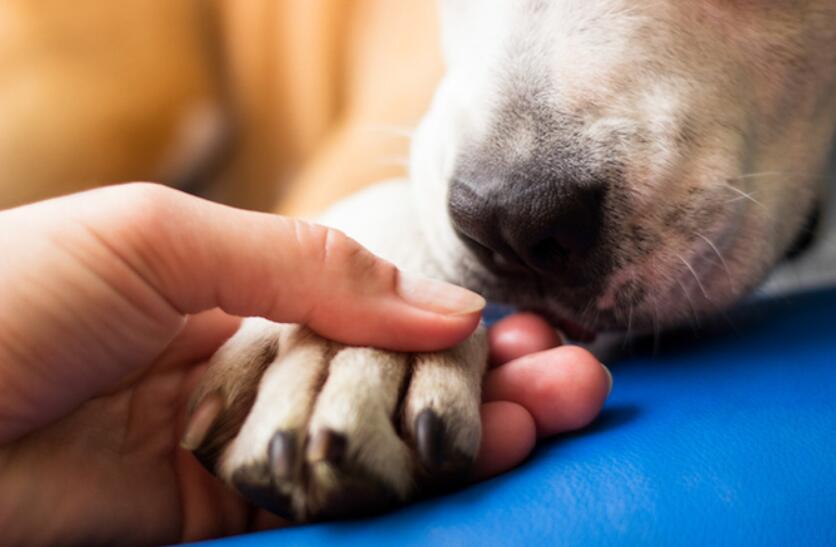 Clearance Reduction
Clearance Reduction
After a walk, be sure to check your dog’s paws for cuts, scrapes and blisters. Although they may start out as small cuts, they can quickly develop into infections if left untreated.
It is recommended that if the wound is severe or infected, you should consult your veterinarian. However, if it is a minor problem that can be fixed at home, she suggests washing the paw in warm water first to make sure all debris is removed. This will also help you see any tiny cracks or scrapes. Then clean the area with a diluted antiseptic.
After cleaning, dry the paws and apply a small amount of an antiseptic or antibacterial spray or lotion labeled for use on pets. You can cover the wound with a pad, but remember that these will not stay on the wound when your dog runs around or goes outside again.

